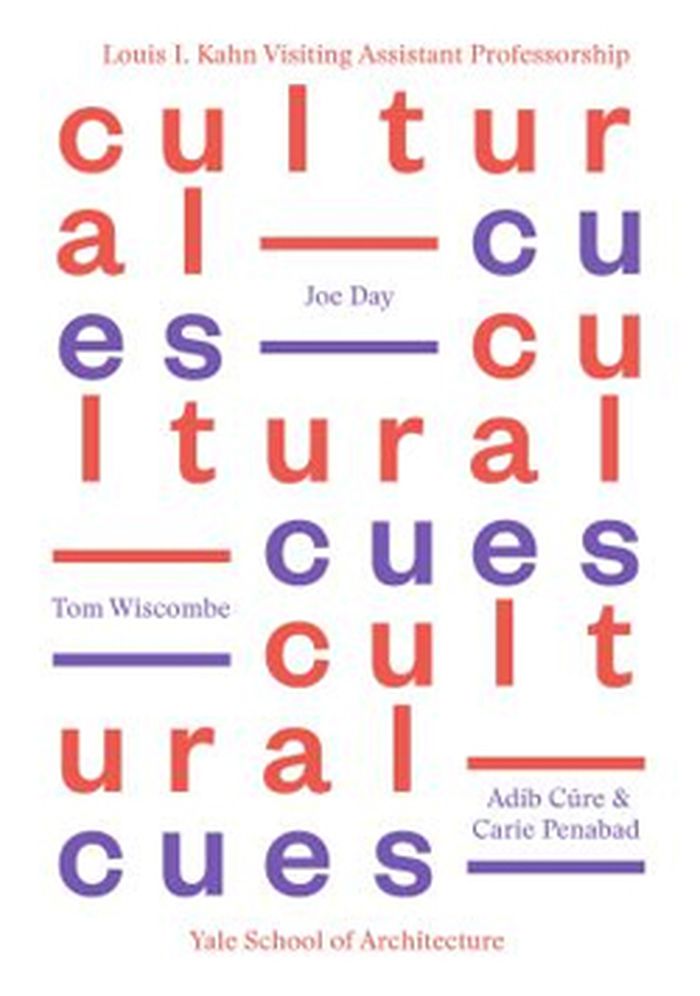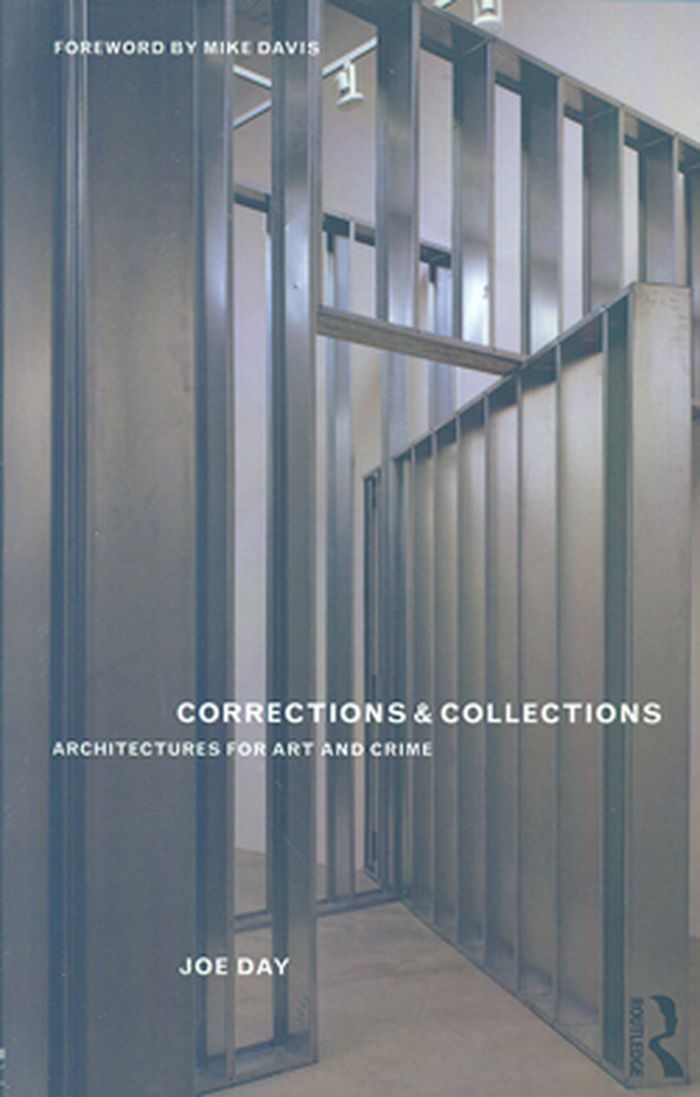Cultural cues
$48.95
(disponible sur commande)
Résumé:
Cutural Cues is the sixth book featured the work of the Louis I. Kahn Visiting Assistant Professorship, which brings young innovators in architectural design to the Yale School of Architecture. This book includes the studio research and projects of Joe Day of Deegan Day Design in “NOWplex” a cinema in L.A., Tom Wiscombe of Tom Wiscombe Architecture in “The Broad Redux,”(...)
Architecture contemporaine
septembre 2015
Cultural cues
Actions:
Prix:
$48.95
(disponible sur commande)
Résumé:
Cutural Cues is the sixth book featured the work of the Louis I. Kahn Visiting Assistant Professorship, which brings young innovators in architectural design to the Yale School of Architecture. This book includes the studio research and projects of Joe Day of Deegan Day Design in “NOWplex” a cinema in L.A., Tom Wiscombe of Tom Wiscombe Architecture in “The Broad Redux,” for a new interpretation of the Broad Museum in L.A., and Adib Cure & Carie Penabad of Cure Penabade in the studio “Havana: Housing in the Historic Center.” The studios explore contemporary interpretations of the implications of cinema, the museum, and housing, taking cues from their complex cultural and urban contexts. Along with student work, interviews with the architects about the work of their professional offices and essays framing the themes of the work are combined with insight into the pedagogical approach of these practitioner-educators.
Architecture contemporaine
$41.50
(disponible sur commande)
Résumé:
Author Joe Day shows how institutions of discipline and exhibition have replaced malls and office towers as the anchor tenants of U.S. cities. Prisons and museums, though diametrically opposed in terms of public engagement, class representation, and civic pride, are complementary structures, employing related spatial and visual tactics to secure and array problematic(...)
Corrections and collections: architecture for art and crime
Actions:
Prix:
$41.50
(disponible sur commande)
Résumé:
Author Joe Day shows how institutions of discipline and exhibition have replaced malls and office towers as the anchor tenants of U.S. cities. Prisons and museums, though diametrically opposed in terms of public engagement, class representation, and civic pride, are complementary structures, employing related spatial and visual tactics to secure and array problematic citizens or priceless treasures. Our recent demand for museums and prisons has encouraged architects to be innovative with their design, and experimental with their scale and distribution through our cities. Contemporary museums are the petri dishes of advanced architectural speculation; prisons remain the staging grounds for every new technology of constraint and oversight.
Théorie de l’architecture

